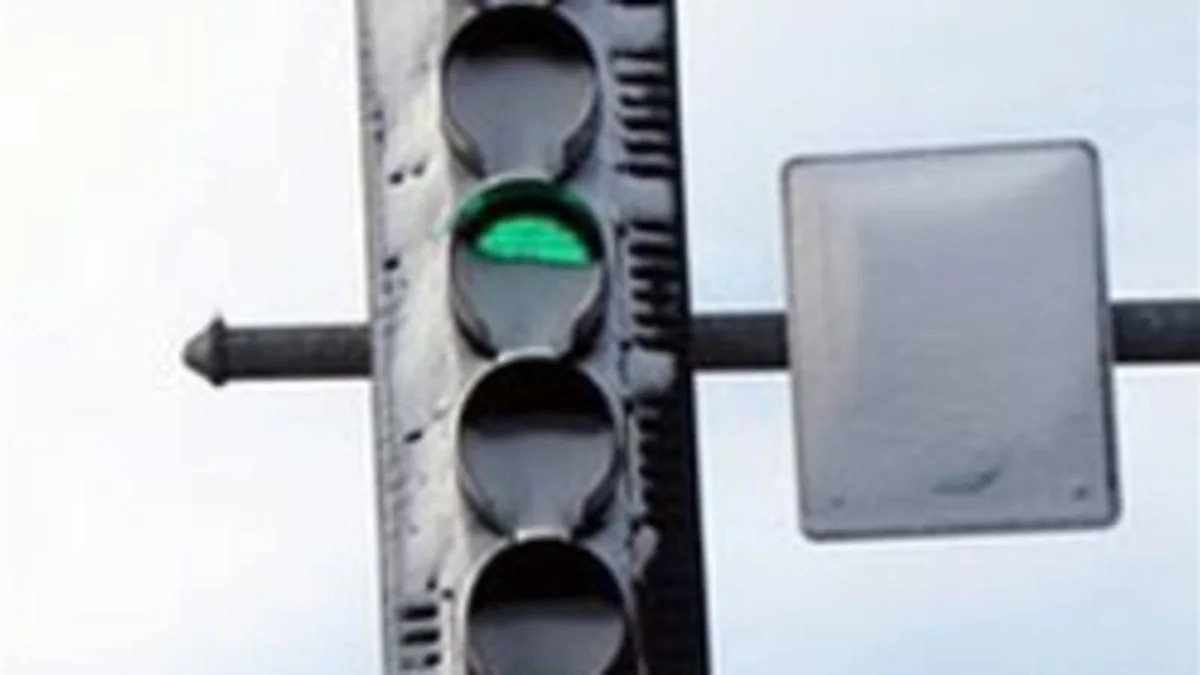Traffic lights using state-of-the-art LED illumination use 90 percent less electricity, offer a much longer service life and are more durable than their incandescent counterparts. Taking advantage of the countless benefits, cities around the country have been replacing traditional filament-based traffic signal bulbs with LEDs for years. Unfortunately, the low-watt LED units burn much cooler than its white-hot counterpart making it unable to melt snow off weather exposed traffic fixtures.
"I've never had to put up with this in the past," said Duane Kassens, a driver from Indiana who was involved in an accident attributed to a snow-clogged traffic light. "The police officer told me the new lights weren't melting the snow. How is that safe?" It obviously isn't.
Municipalities around the country are taking different steps to keep their signals shining brightly in the face of Mother Nature. Crews in St. Paul, Minnesota, use compressed air to keep their lights clean. In Green Bay, Wisconsin, city workers brush the snow off by hand in a labor-intensive process. Until a fix arrives, it is best to take the advice of Dave Hansen, a traffic engineer with the Green Bay Department of Public Works. Treat a blocked signal as if the power is out. "If there's any question, you err on the side of caution," says Hansen.
[Source: AOL Autos | Image: Oswego Police]
"I've never had to put up with this in the past," said Duane Kassens, a driver from Indiana who was involved in an accident attributed to a snow-clogged traffic light. "The police officer told me the new lights weren't melting the snow. How is that safe?" It obviously isn't.
Municipalities around the country are taking different steps to keep their signals shining brightly in the face of Mother Nature. Crews in St. Paul, Minnesota, use compressed air to keep their lights clean. In Green Bay, Wisconsin, city workers brush the snow off by hand in a labor-intensive process. Until a fix arrives, it is best to take the advice of Dave Hansen, a traffic engineer with the Green Bay Department of Public Works. Treat a blocked signal as if the power is out. "If there's any question, you err on the side of caution," says Hansen.
[Source: AOL Autos | Image: Oswego Police]


Sign in to post
Please sign in to leave a comment.
Continue